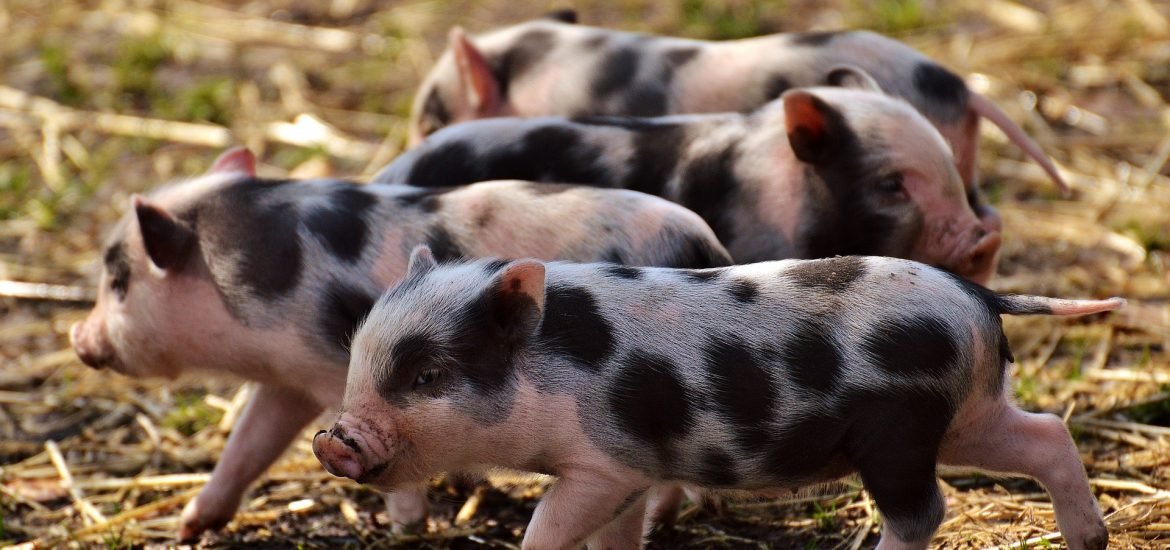
As the EU continues its ongoing review of animal welfare legislation, one of the largest recorded outbreaks of bird flu is tearing through the poultry sector, forcing the pre-emptive culling of millions of chickens.
And with nine out of 10 consumers calling for better standards of care and treatment for farm animals, the outbreak across most EU countries and beyond is prompting both producers and policymakers to pay closer attention to the role of livestock vaccination.
Unlike the relatively straightforward decision to vaccinate dogs and cats to protect pets and their owners, vaccinating livestock is a much more complex decision for farmers and veterinarians that comes with consequences for animal health and welfare, as well as food, economic and job security. For example, Foot and Mouth Disease alone is estimated to cost up to $21 billion annually in countries where the disease is prevalent, even though an effective vaccine exists.
But with animal, human and environmental health factors converging more often and more intricately in today’s food systems, Europe’s current approach to livestock vaccination may be ripe for an overhaul.
The first complicating factor when it comes to vaccinating farm animals is that, just as the Covid-19 vaccine produces coronavirus antibodies in people, animal vaccines produce antibodies for the disease they prevent, which is the body’s same immune response when infected with disease.
The difficulty is that when it comes to testing the animals for the safety of their meat, milk and eggs, it is impossible to know whether the antibodies were caused by a vaccine or a recent infection, which can lead to trade and export restrictions to limit the risk of an outbreak.
To remedy this, scientists have developed vaccines that “mark” the antibodies they create so it is clear to health and regulatory agencies that they are the result of vaccination, and not disease.
These vaccines, also known as Differentiating Infected from Vaccinated Animals (DIVA) vaccines, can offer reassurance to governments, importers, and retailers that livestock are free of disease. However, the solution is further complicated by the fact that such vaccines require consensus across the sector. In addition, DIVA vaccines are not yet available for all diseases, requiring further investment in veterinary research and development to extend this coverage to more preventable diseases.
Finally, the decision to vaccinate livestock can also be complicated by the fact that some important livestock diseases have many different strains, such as Foot and Mouth Disease, which is among the most infectious and has seven distinct strains.
In most cases, it is impossible to vaccinate against every strain, which means vaccines can sometimes be needed as a control tool rather than a prevention tool. For example, if a new strain appears on a farm, the animals in the near vicinity may be culled while those within a 10km radius may be vaccinated in what is known as “ring vaccination” to limit the outbreak.
From a veterinary perspective, vaccination can and should be used where it can prevent the spread of disease, especially when it comes with secondary benefits such as reducing the need for antibiotics. For instance, by vaccinating pigs against circovirus, the animals are protected against a disease that would suppress their immune system and ultimately require additional treatment for other infections.
Nobody wants to bear witness to millions of animals that are culled as a result of preventable diseases. But at present, farmers and veterinarians must navigate the trade-offs between animal welfare and trade, which has implications for agricultural livelihoods, food security and economic growth.
In the face of the ongoing and preventable bird flu pandemic and the many other threats to livestock, the best outcome would be to bring everyone to the table, including retailers and consumers, to ensure Europe unlocks the full potential of vaccination for animal welfare and food safety.